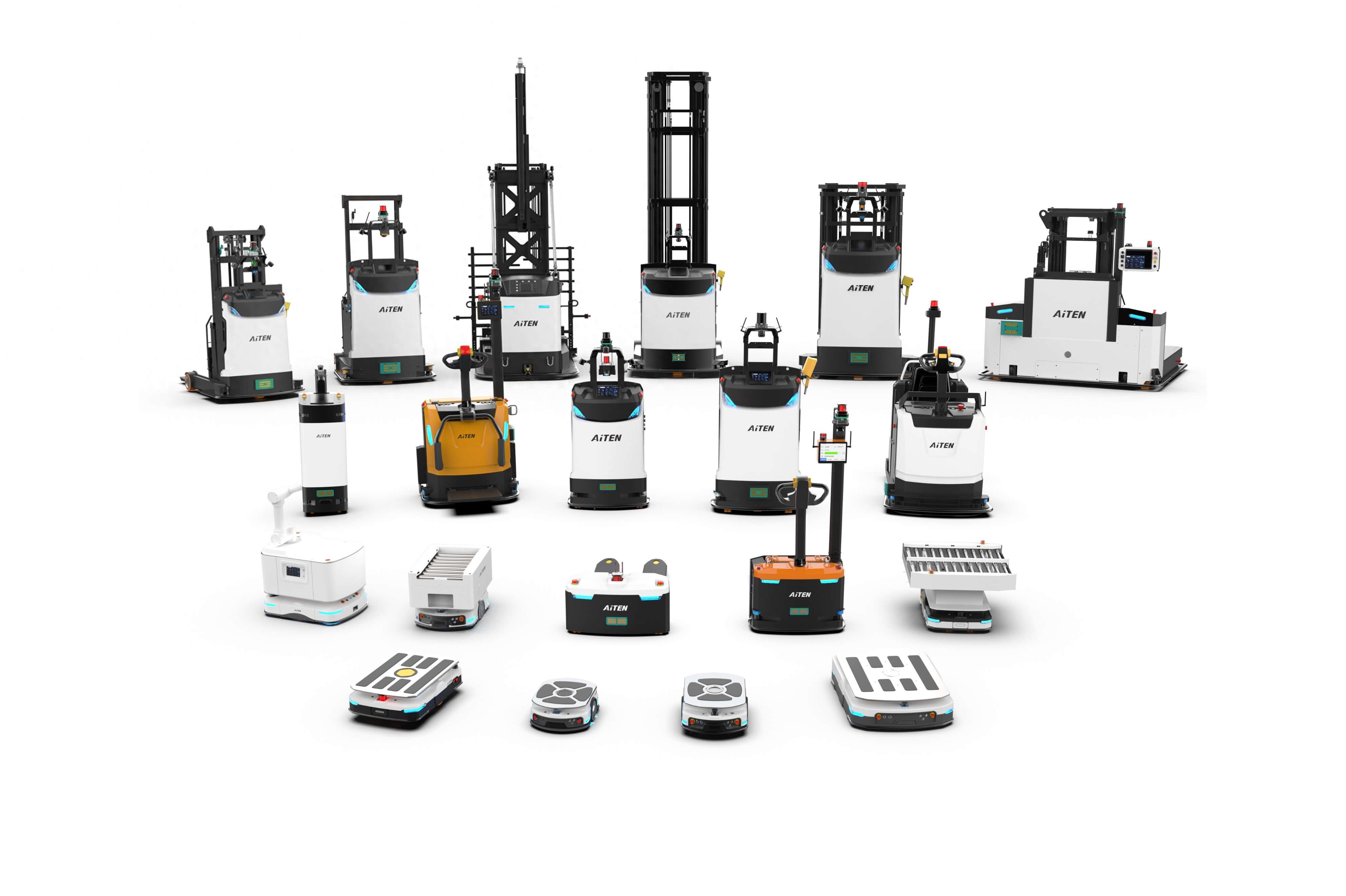What Are Logistics Automation Robots and How Do They Transform Operations?

What Is Logistics Automation?
Logistics automation refers to the use of automated systems to streamline key logistics processes such as transportation, loading and unloading, packaging, sorting, and inventory management. By integrating advanced technologies like Autonomous Mobile Robots (AMRs), Automated Guided Vehicles (AGVs), and Warehouse Management Systems (WMS), businesses can significantly improve operational efficiency.
What is an Autonomous Forklift (AGV)? How do Autonomous Forklifts work?
Automation in logistics reduces manual errors, speeds up workflows, and lowers operational costs. Advanced logistics solutions incorporate automatic identification systems, automatic tracking systems, and intelligent sorting technologies to optimize supply chain management.
What Are Robots Used For in Logistics?
Robots play a crucial role in logistics by handling repetitive and labor-intensive tasks with high precision and efficiency. These machines are widely deployed in warehouses, distribution centers, and manufacturing facilities to facilitate intralogistics, the internal movement and the organization of goods.
Robots in logistics are deployed to perform repetitive, high-precision, or labor-intensive tasks, ensuring efficiency and safety.
In material transportation, logistics automation robots like AGV and AMR automate the process of storing and moving goods as they make their way through the supply chain. They’re often used in warehouses and storage facilities to organize and transport products, a process referred to as intralogistics, but they can be used in other settings too. Logistics robots offer far greater levels of uptime over manual labor, leading to major productivity gains and profitability for those deploying logistics robots.
For example, a certain electrical company hoped to use logistics automation robots in conjunction with existing shuttle buses due to the high labor intensity and frequent cross-domain movements of its staff. AiTEN provided a solution for the company using AE1516, effectively achieving automatic material transfer and reducing manual labor.
Automatic transfer of materials by AGVs in conjunction with three-dimensional warehouse shuttles
AI Navigation: The Future of Logistics Automation Robots
Logistics automation robots equipped with AI navigation are revolutionizing the way goods are transported and managed within warehouses and distribution centers. Utilizing advanced sensors such as magnetic strips, lasers, and camera systems, these robots can effectively perceive their surrounding environment.
AI navigation enables these logistics automation robots to create detailed maps of their operational environment in real time, allowing them to navigate complex layouts with ease. This capability reduces dependence on fixed paths and enables dynamic route optimization, enabling robots to efficiently adapt to changing conditions.
AiTEN’s logistics automation robot APe15 is equipped with various technologies such as 2D/3D SLAM navigation, laser odometry, and perception recognition, which can adapt to scenarios such as line side handling, dense storage, and tunnel storage; And it supports AI perception and recognition of multi specification and multi-colour pallets, shelves, cages, etc., which can recognize from multiple angles, high precision, and adaptively, achieving stable picking and releasing of goods.

Conclusion
Logistics automation robots like AGVs and AMRs are revolutionizing the supply chain industry by enhancing flexibility, accuracy, and scalability. Solutions like AiTEN’s APe15 and AE1516 enable businesses to optimize operations—from raw material handling to final product distribution.
By adopting AI-driven logistics automation, companies can stay ahead of the competition, increase efficiency, and reduce costs, ensuring a smarter, more responsive supply chain.
Ready to explore automation handling robots for your smart factory? Contact us for a free consultation and tailored advice.
















.webp)







.webp)
.jpg)














(1).png)
